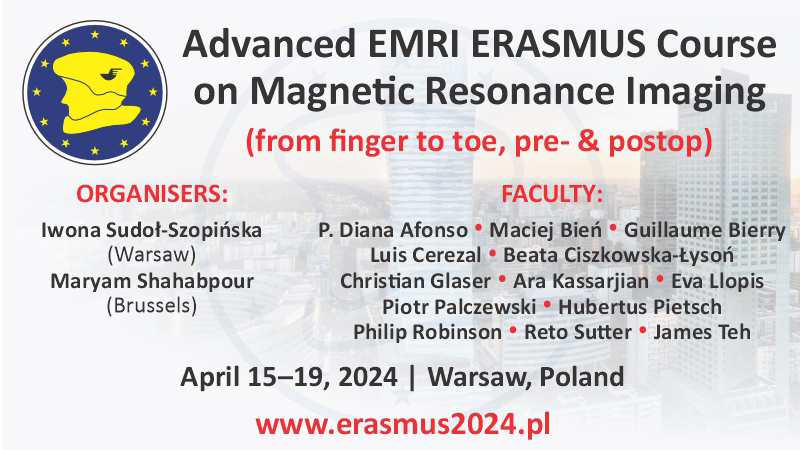Serum TSH level in obese children and its correlations with atherogenic lipid indicators and carotid intima media thickness
Małgorzata Rumińska1, Ewelina Witkowska-Sędek1, Anna Majcher1, Michał Brzewski2, Monika Krawczyk1, Beata Pyrżak1
 Affiliation and address for correspondence
Affiliation and address for correspondenceObjective: Moderately elevated level of thyroid-stimulating hormone accompanied by normal serum concentrations of free thyroxine, suggesting subclinical hypothyroidism, is the most common hormonal abnormality in obese children. Controversy remains, whether a thyroid dysfunction related to obesity has an influence on the cardiovascular risk factors. The aim of the study was to assess correlation between thyroid-stimulating hormone and free thyroxine and chosen atherogenic lipid indicators, and carotid intima media thickness in obese children and adolescents. Methods: A study group consisted of 110 obese children (11.5 ± 2.9 years) and 38 healthy children (13.4 ± 2.6 years). Obesity was defined using International Obesity Task Force criteria. In each patient anthropometric measurements, thyroid-stimulating hormone, free thyroxine, a lipid profile were evaluated. Carotid intima-media thickness was measured in 74 obese children and 28 lean children. The resulting data were used to calculate indicators of atherogenesis: total cholesterol to HDL cholesterol ratio; triglycerides to HDL cholesterol ratio and LDL cholesterol to HDL cholesterol ratio. Results: Obese children had higher mean serum thyroid-stimulating hormone levels compared to their lean peers and an adverse atherogenic lipid profile. Serum free thyroxine concentrations were comparable between the groups. Serum thyroid-stimulating hormone values correlated with total cholesterol to HDL cholesterol ratio; triglycerides to HDL cholesterol ratio, LDL cholesterol to HDL cholesterol ratio, and intima-media thickness. In a multivariate regression analysis, thyroid-stimulating hormone weakly correlated only with intima-media thickness after adjustment for age, gender and Body Mass Index (β = 0.249, p = 0.04). This relationship weakened after considering a lipid profile (β = 0.242, p = 0.058). No relationship was found for free thyroxine. Conclusion: Serum level of thyroid-stimulating hormone in obese children did not seem to impact atherogenic lipid indicators and carotid intima-media thickness. Therefore, an adverse lipid profile should still be considered the main risk factor for development of cardiovascular diseases in obese children.






